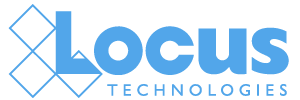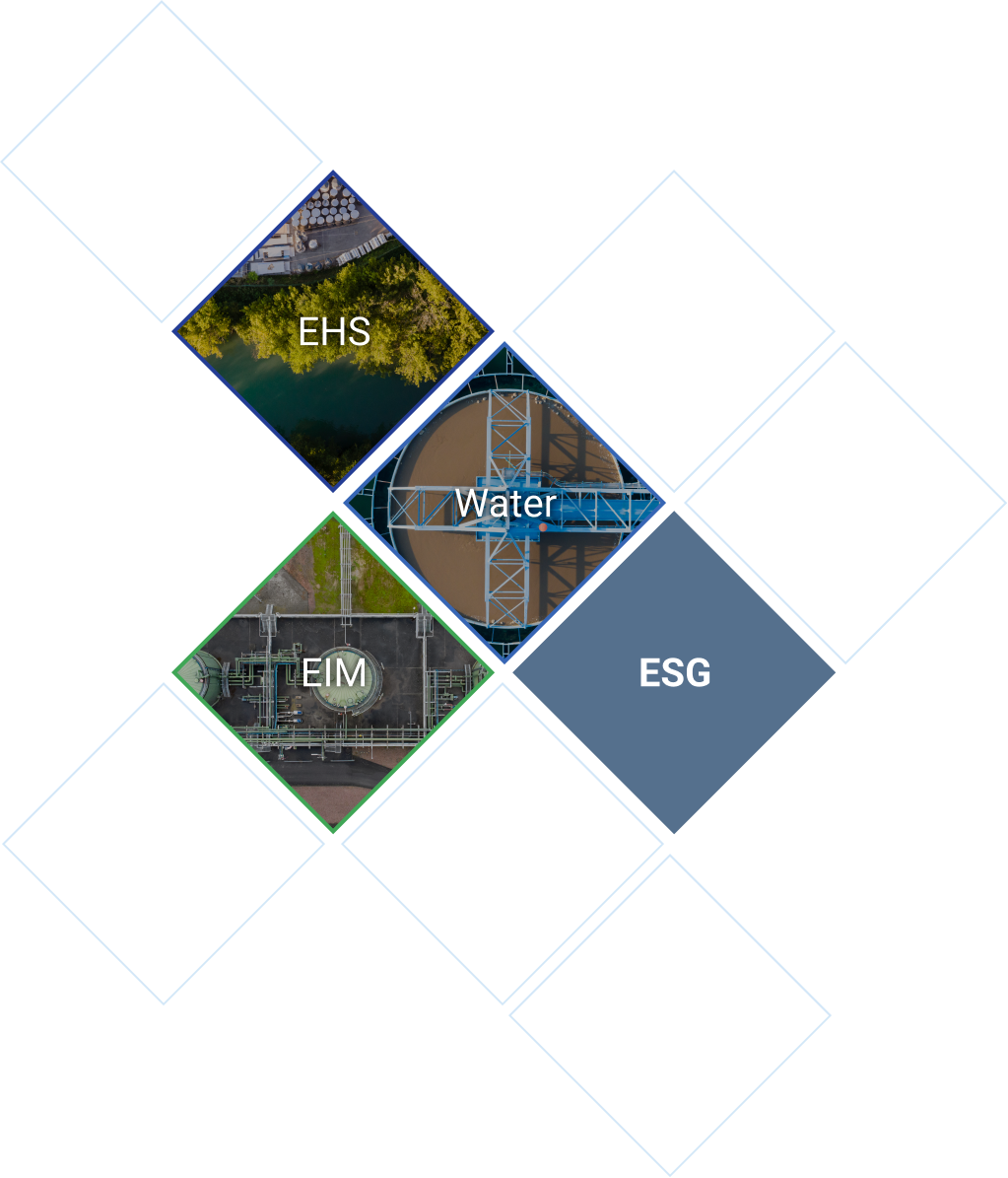ESG Software
CSRD and ESG software for companies that value credibility
Many corporate leaders aim to be net-zero by 2030, 40, or 50. But where does one begin? What should a company start (or stop) doing tomorrow to realize its vision? How do corporate leaders know whether their actions make a difference? How do they prove their impact to discerning customers and investors? ESG software can help.
ESG software illuminates and monitors multiple levers for sustainability transformation. Companies can use ESG software to identify the material aspects of their businesses, define relevant KPIs, and capture data related to their environmental, social, and governance initiatives. ESG software empowers business leaders to crunch big numbers, fine-tune their operations to drive incremental change, and be completely transparent with their communities.
Locus ESG software is an auditable, financial-grade solution that automates data collection, calculations, ESG reporting and CSRD disclosures. Locus ESG builds upon our robust software for environmental data management, EHS compliance, and water analysis, providing a single system of record for sustainability initiatives.
Locus ESG software is built to handle the most impactful environmental sustainability data.
greenhouse gas emissions
low carbon fuel standards
embodied carbon
refrigerants
Did you know?
Locus ESG software is the polar opposite of greenwashing. Locus provides full transparency of raw sustainability data and calculations for simple auditing, reporting, and proof. Our clients’ credibility is never doubted.

